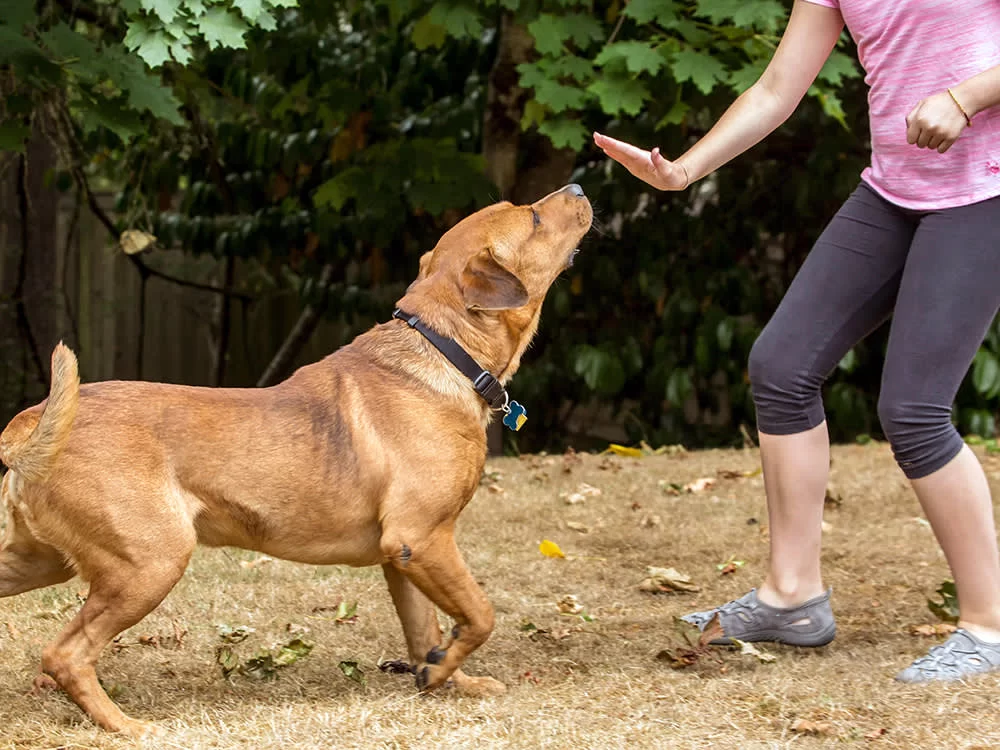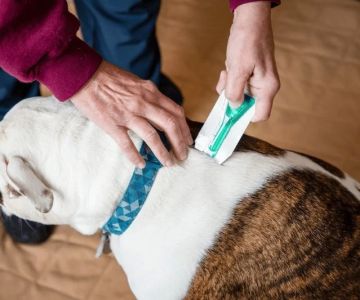- Understanding the Importance of Stay Training
- Step-by-Step Techniques to Train Your Dog to Stay
- Common Challenges and How to Overcome Them
- Real-Life Example of Successful Stay Training
- Finding Expert Support and Training Tools
1. Understanding the Importance of Stay Training
Training your dog to stay in place is a fundamental part of obedience that promotes safety and control. Whether at home, in public, or during vet visits, the ability for your dog to remain calmly in one spot is invaluable. It helps prevent accidents, reduces anxiety, and strengthens the communication between you and your pet.
Dogs that reliably respond to the stay command can navigate distractions more easily, making daily activities more enjoyable and less stressful. This training is particularly crucial for puppies and newly adopted dogs as it lays the foundation for more advanced obedience skills.

25150 Loudoun County Pkwy Suite 100, Chantilly, VA 20152, USA
See Details2. Step-by-Step Techniques to Train Your Dog to Stay
2.1 Start with Basic Positioning
Begin training by choosing a quiet environment free from distractions. Ask your dog to sit or lie down, ensuring they understand the initial position before introducing the stay command. Use a calm, clear voice and hold your hand up like a stop signal as you say “stay.”
2.2 Gradual Increase of Distance and Duration
Initially, ask your dog to stay for just a few seconds. Reward immediately with treats and praise. Gradually increase the time and distance you move away from your dog while maintaining the stay command. Patience and consistency are key to building reliable behavior.
2.3 Use Positive Reinforcement
Always reward your dog when they successfully hold the stay position. Positive reinforcement, such as treats, toys, or affection, motivates your dog to repeat the behavior. Avoid punishment, which can create confusion or fear, hindering progress.
2.4 Incorporate Real-Life Situations
Practice stay training in different locations and around distractions like other people or dogs. This helps your dog generalize the command and respond appropriately no matter the setting. Start with low-distraction areas before moving to busier environments.
3. Common Challenges and How to Overcome Them
3.1 Puppy Impulsiveness and Short Attention Spans
Puppies naturally have limited focus, so training sessions should be short but frequent. Break sessions into manageable chunks, always ending on a positive note to keep your puppy eager for the next training.
3.2 Distraction-Related Breaks
If your dog breaks the stay when distracted, calmly guide them back to the starting position and repeat the command with a shorter duration. Gradual exposure to distractions strengthens their ability to stay focused over time.
3.3 Inconsistent Commands and Expectations
Consistency from all family members is essential. Ensure everyone uses the same command words and signals to avoid confusing your dog. Setting clear expectations creates a stable learning environment.
4. Real-Life Example of Successful Stay Training
Lucy, a lively Border Collie puppy, initially struggled to stay in place during walks. Her owner, guided by advice from Hidden Brook Veterinary, implemented structured stay training sessions combined with positive rewards. Over several weeks, Lucy learned to hold her position calmly even amid distractions like passing dogs and children. This success improved their daily routine and deepened their bond.
Lucy’s story demonstrates that with patience, clear techniques, and expert guidance, teaching a dog to stay in place is achievable for any owner.
5. Finding Expert Support and Training Tools
For pet owners seeking the best results, consulting professionals can make a significant difference. Hidden Brook Veterinary provides expert advice, training tools, and tailored support to help you teach your dog essential commands like stay. Their resources include suitable training aids, nutritional guidance, and behavior consultation, creating a comprehensive approach to your dog’s development.
Investing in quality training resources and professional guidance helps your dog thrive and strengthens the human-animal relationship.











